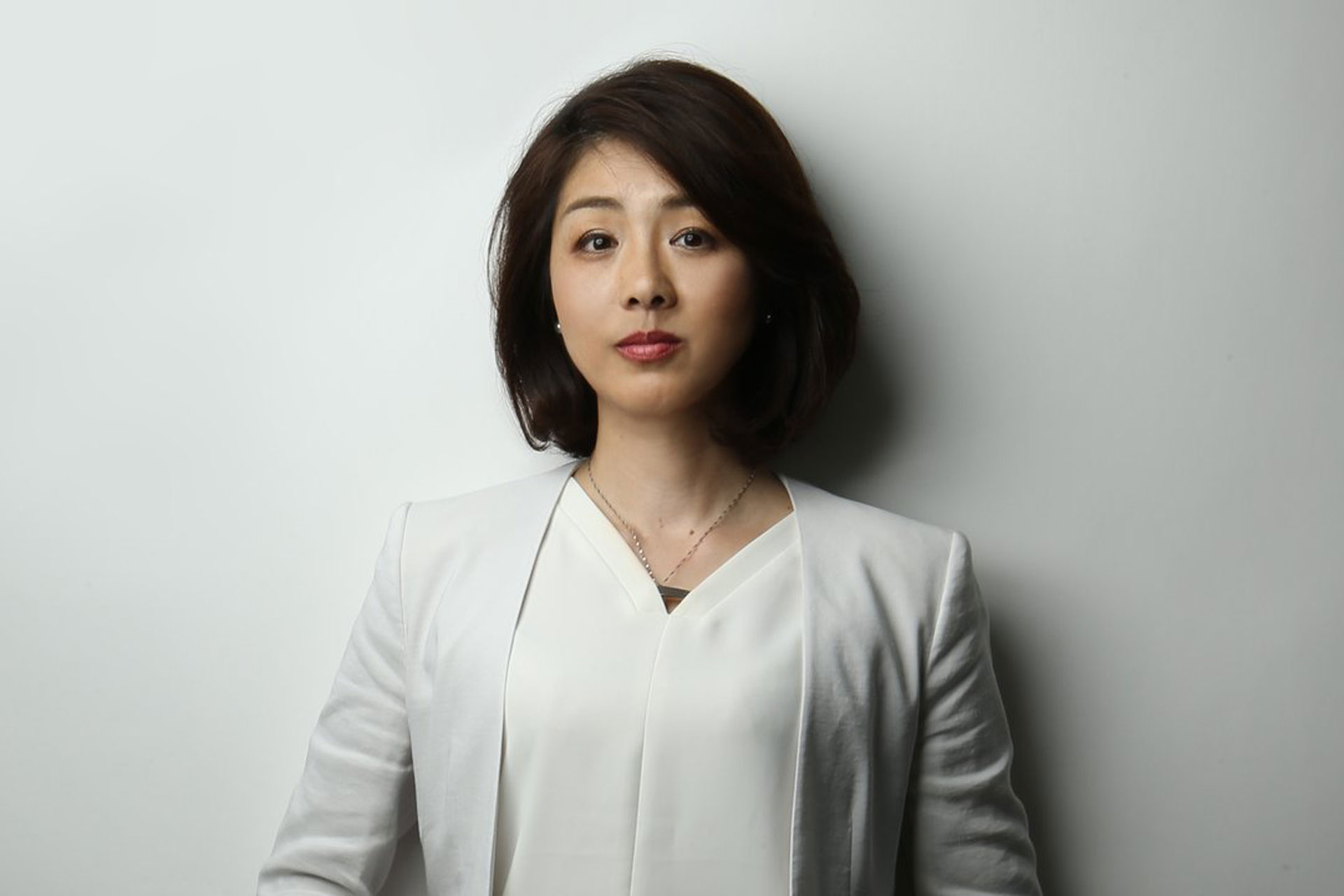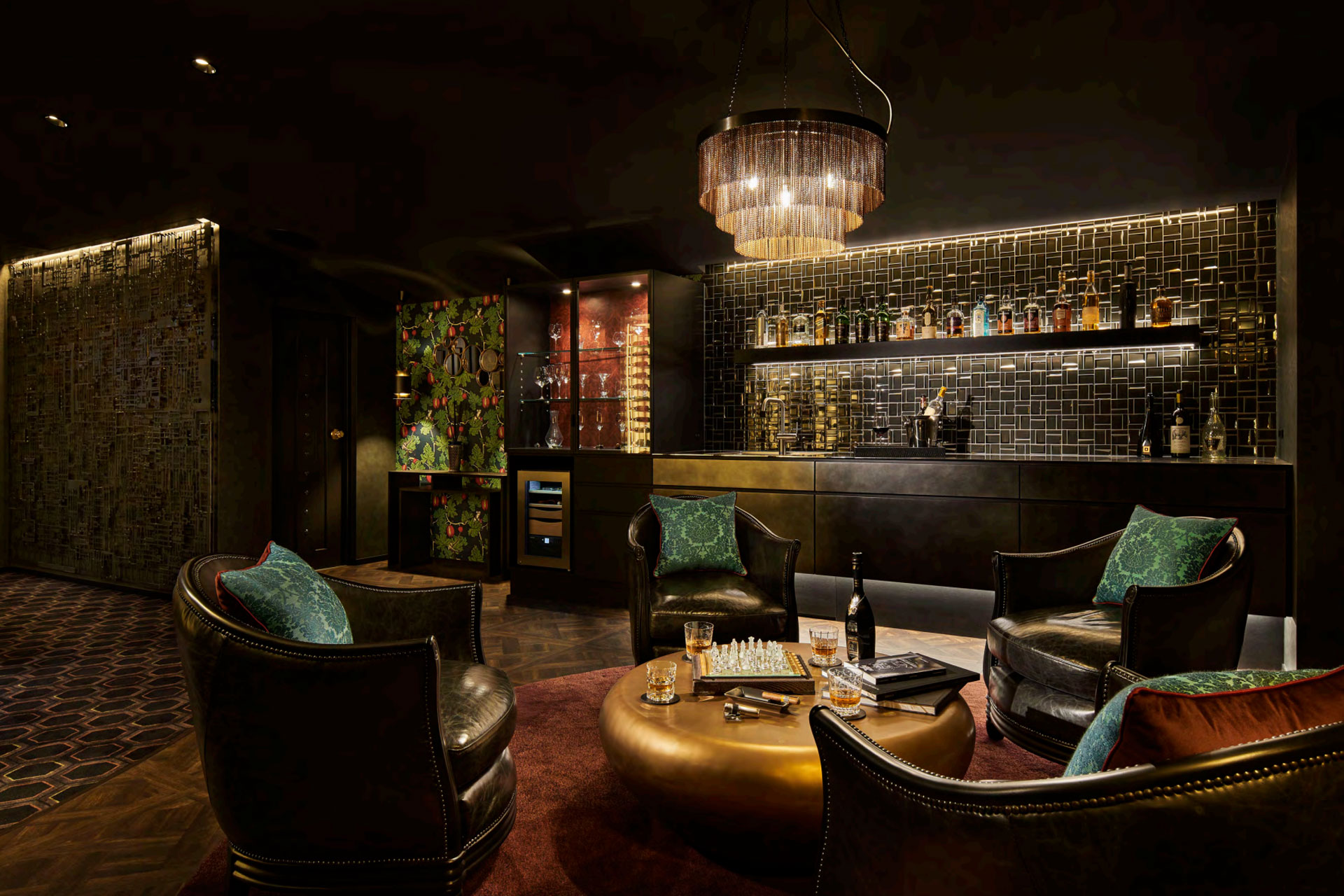Interview with Ryoko Ogoshi from Japan
Ryoko Ogoshi
Ryoko Ogoshi is an interior architect who founded her company, Articious Co., Ltd., after raising her children. She is a registered interior designer and holds a Master of Arts degree. Her company aims to help clients create unique and valuable spaces through art and design.
After graduating from university, I worked in the design department of a major general contractor company, and after raising my children, I founded my own company at the end of 2014. In 2015, I studied interior design in the UK and became a REGISTERED INTERIOR DESIGNER® at BIID. Recently, I also received a Master of Arts degree. I am now working as an interior architect.
I feel like this is my calling.
My company is Articious Co., Ltd., operating as RON DESIGN.
Articious is a coined word that combines the words "art" and "precious." This is because we would like to help our clients create their own unique artistic and valuable spaces. Ron of Ron Design was named after me.
When I design something, I feel like I'm creating a scene from a movie.
I love the design of luxury homes because I can use my experience as a woman.
The movies The Godfather and The Matrix, and an encounter with a piece of wallpaper from a wallpaper collection by Fornasetti, (Cole & Son/Senza Tempo), a designer I respect and love. I wanted space to be timeless and to feel like I was in another dimension. I was fascinated by the monkey in the design, and in my fantasy, the monkey comes to life in the middle of the night and transports guests to a magical man cave.
I think so. I am good at eclectic combinations of traditional Japanese crafts and techniques with foreign furniture.
I am very happy that my work has been recognised by such wonderful judges from all over the world. I am very happy to have been selected as a Gold winner. I would like to work not only in Japan but also overseas if possible, so this title will be very beneficial to my career. Thank you very much.
I think the French Design Award is fair because the judges do not know the applicant's nationality, affiliation, etc. I felt that this work was a very attractive and wonderful space, and I wanted people around the world to see traditional Japanese crafts and sustainable art, so I gave it a try.
When I see the moment the space I designed becomes a reality.
When I design a space, I want to feel like a film director or a stage director.
I feel happy when I encounter the wonderful nature that inspires my imagination. And I love the moment when that feeling is translated into a design.
Winning Entry
House with JAPANESE KURA | 2024
Set within established Japanese gardens with an ancestral Japanese storehouse (Kura), this luxurious residence blends Japanese craftsmanship with contemporary design …
(Read more at French Design Awards)
Ryoko Ogoshi
Ryoko Ogoshi is an interior architect who founded her company, Articious Co., Ltd., after raising her children. She is a registered interior designer and holds a Master of Arts degree. Her company aims to help clients create unique and valuable spaces through art and design.
IAA Reveals the 2024 French Design Awards – A Competition for Avant-Garde Design. Read more about French Design Awards 2024




